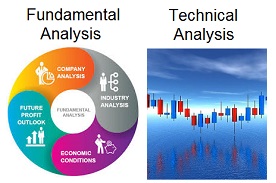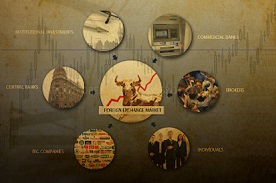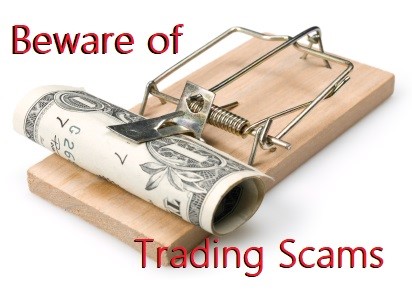
Fundamental v Technical Analysis
January 22, 2020Currency has been traded for thousands of years. Paper currency is thought to have been invented by the Phoenicians.
Throughout the centuries, the currencies of the most dominant nations have been valued above others. From the Middle Ages to prior to World War 1, there was very little speculation in currency values.
During the 1930’s & 1940’s, the world’s currencies were in turmoil due to the Depression & WW2. Because the U.S. escaped the War without major damage, it’s dollar became the currency by which all others were measured.
Several international agreements to set the way in which currency was traded were introduced and failed, until the current system was mandated by the International Monetary Fund in 1978.
The Foreign Exchange is a marketplace where currencies are bought and sold on the basis of their listed value in relationship to another currency.
In the “Spot Market”, major currencies like the British Pound and the Euro are traded based upon their value against the U.S. Dollar – i.e. it is the USD v GBP currency pair or the USD v EUR currency pair.
The FX Market is the largest financial market in the world, with a daily average
turnover in excess of US$5 trillion — 30 times larger than the combined volume of all U.S. equity markets.
About 5% of the daily trading on the Foreign Exchange relates to products sold from one country to another. Profits made in foreign currencies must be converted into the local currency.
The remaining 95% is speculative trading – investors and traders who speculate on the direction of the price movement of a currency and who buy and sell currencies based upon this speculation.




